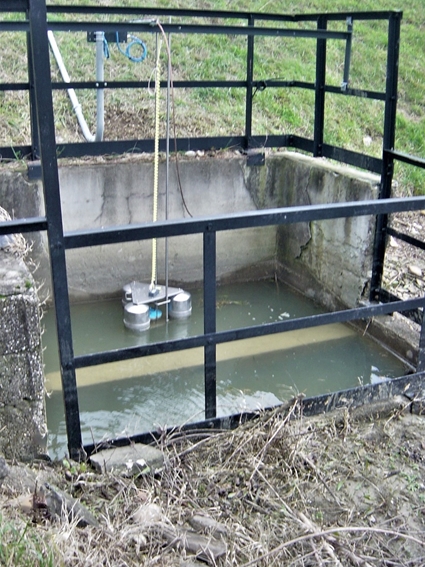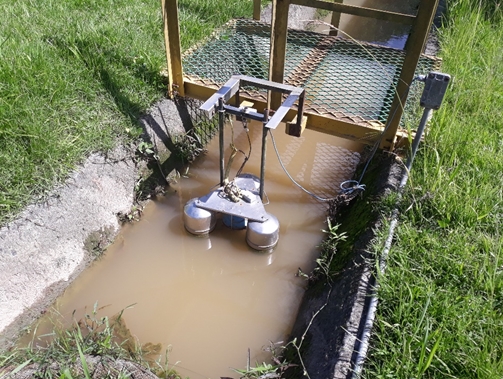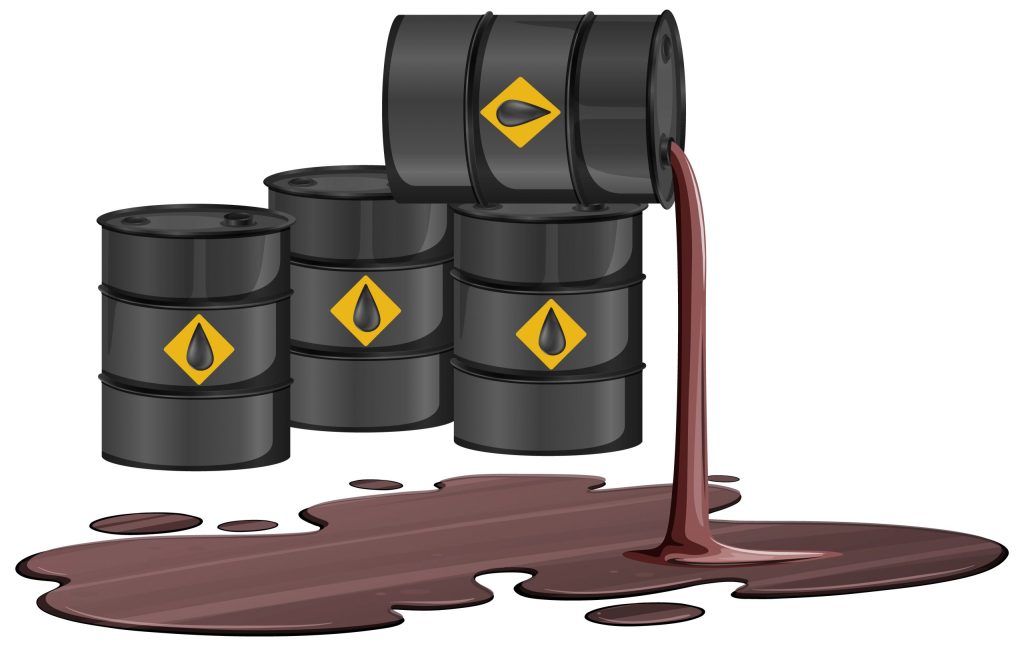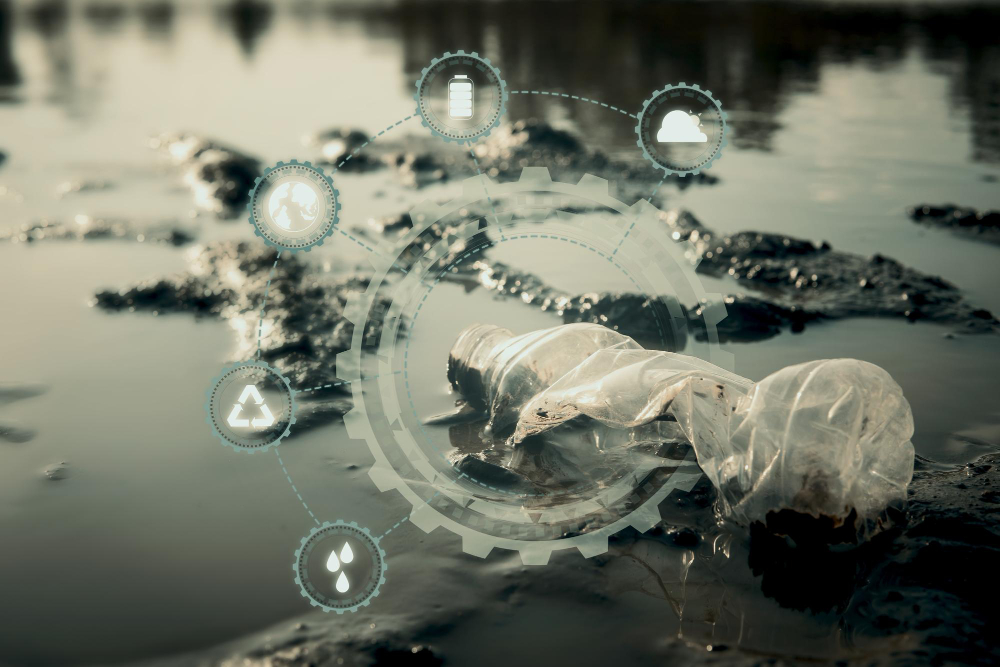Since the beginning of Covid-19 slowdown in 2020, most tank storage facilities are operating close to full storage utilizing all available storage capacity. Tank maintenance programs are forced to be delayed or minimized to support the increase in demand for storage. For example, an old tank with a floating roof requiring repairs, exposed to heavy rainfall, combined with partial clogging of the drain pipes, can result in roof sinking and an oil spill through the drain. It poses an ever-growing risk of oil spills, in addition to problems of overfill and leaks from related infrastructures. In such incidents, automatic or manual failures and errors are likely to result in unnecessary and costly spills, water contamination, and cleanup. These days, oil prices are starting to recover to a satisfactory level, but the storage load is still high. It is the right time to re-evaluate the possible consequences of these operational risks and have another look at implementing or improving early oil spill warning instruments in tank farms.
FM Class 7745 standard defines a requirement of a 30-second detection response time of oil leak/spill detection systems. It seems like a quick response, but it refers only to the detection system itself – from the time the oil reaches the exact location where the detector is installed. To allow the earliest possible detection of an oil spill, the selected detection system should be decided upon after considering the following points:
- The oil spill detector should be installed as close as possible to the spill source.
- The oil spill detector should be installed in a sump to which the spilled oil will reach quickly.
- The sump area should be small to allow for significant oil-layer formation from a minimal spilled oil volume.
- Water should be drained from time to time to allow oil layer formation inside the sump and avoid sump overflow due to water accumulation. Emptying the sump can be performed automatically by taking a feedback signal from the oil detection system and closing the drain if oil was detected.
- Select an oil detection system that provides the optimal performance, looking at the following points:
- Proven field reliability.
- Ability to detect oil instantly in the sump and not after 15 to 30 seconds.
- Ability to detect a thin oil layer of 0.5 mm or less to achieve the earliest alarm, combined with a second alarm point at a thicker oil layer. Thin-oil layer detection is essential, especially when the sump overflows during heavy rain. Detection thresholds should be adjustable to practical levels to avoid false alarms caused by minor residual oil in the sump that remained after a previous spill.
- Ability to provide a continuous indication of the oil layer thickness, thus indicating the spill’s progress rate and severity.
- Ability to detect Aromatic and Aliphatic hydrocarbons, in addition to oil emulsion detection, so that the same system can be used for different oil products stored in the tank farm.
- Ability to operate in sumps which can be either dry or contain water.
- Ability to operate even with floating debris in the sump.
- Ability to provide the same sensitive detection performance even when the water in the sump is turbulent.
- Ability to follow a large water level change and monitor correctly even if the tank bunded area (dike) is full of liquid during extreme circumstances.
- A system that doesn’t often require maintenance or any factory refurbishment; a system that continues to operate after multiple oil spills without the need to replace consumables and without a special cleaning / resetting procedure. Such additional expenses accumulate overtime beyond the system purchase cost.
- There is no sensitivity to water properties, such as level changes, conductivity/salinity, turbidity, and temperature.
- Ability to operate continuously in 100% humidity and condensation.
- A system in which lightning surges will not damage through the water.
- A system that will not give false alarms or miss real warnings due to rain, fog, mist, ambient temperature, and light changes.
- A system that can operate during winter above an ice layer in the sump.
- A system that has a comprehensive self-diagnostic capability.
- A system that can also indicate that the sump is dry. It can serve as feedback that water was drained from the sump and the drain valve should be closed.
- If necessary, a system can be installed without spare wiring infrastructure in the area of the tanks.
Some of the spill detection systems in the market address some of the issues mentioned above. Leakwise oil-on-water detection and monitoring systems were designed to successfully address all the above points and are the optimal solution for long-term operation.
In addition to monitoring spills at tank bunded areas, spill monitoring is also essential in water treatment facilities, loading terminals, and groundwater in and around the tank farm. Selecting oil-on-water detection and monitoring systems for these applications should follow the same principles as described above. Choosing a manufacturer with the right solutions for all possible monitoring points in the tank farm may be the most cost-effective decision.
For more information
This article was written by Shimon David,
Technical Director, Agar Environmental Ltd.
www.leakwise.com.










